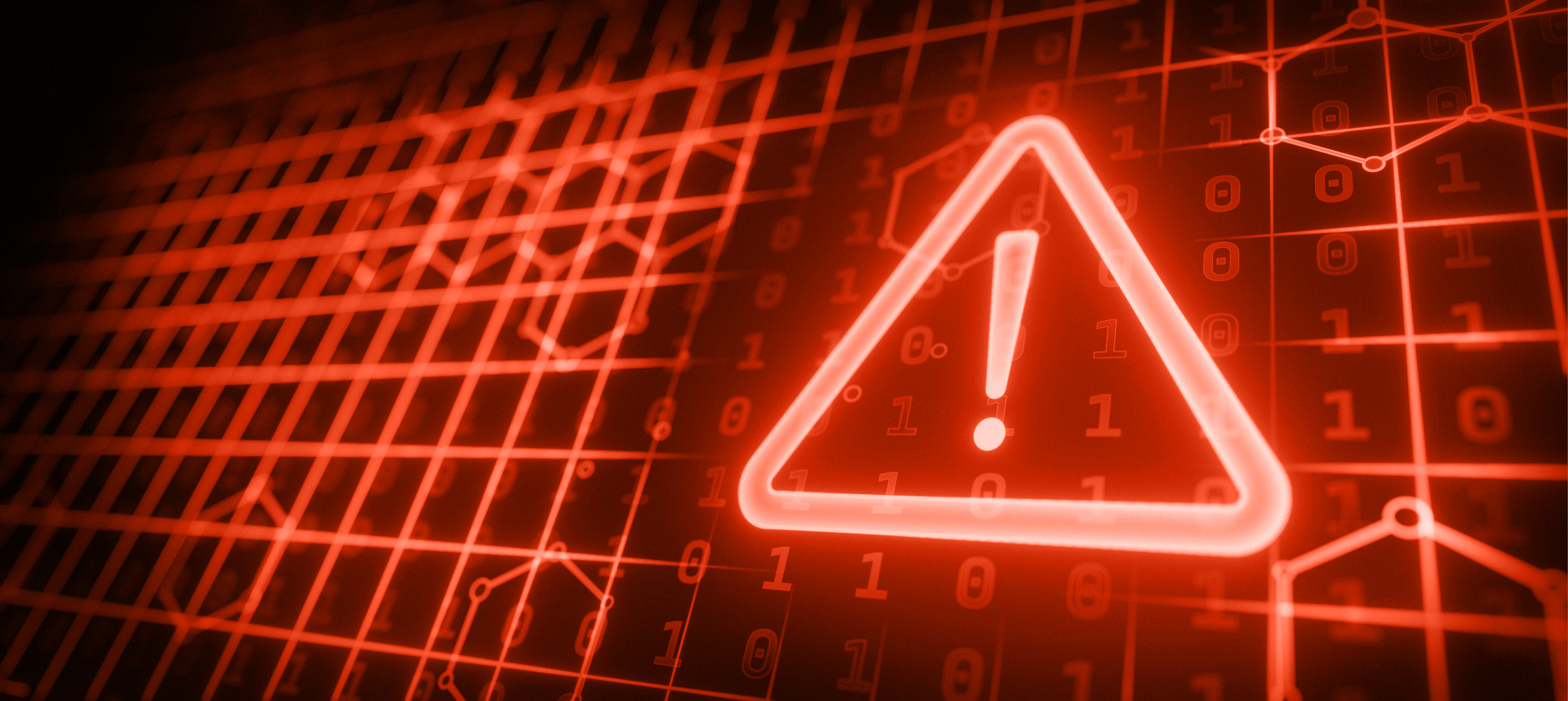
In the last part of our blog series on why ransomware remains a persistent threat, we discuss how organizations can use dark web monitoring alongside traditional cybersecurity methods to gain the upper hand against ransomware groups.
Going beyond traditional cybersecurity measures to mitigate ransomware GROUPS
As we discussed in the previous blogs in this series, in H1 of 2024 the number of ransomware groups operating on the dark web increased by 56 percent compared to the same period in 2023. In order to keep pace with the growing threat landscape, organizations should look to add dark web monitoring to their arsenal, alongside traditional cybersecurity measures.
How does dark web monitoring protect organizations against ransomware gROUPS?
Dark web monitoring helps organizations mitigate the risk of ransomware attacks by identifying potential threats before they hit the network. Here is how it contributes to a mitigating the risk of a ransomware attack:
Early threat detection
Early threat detection is one of the most important aspects of dark web monitoring in the aim of mitigating ransomware attacks. Dark web monitoring helps detect ransomware attacks early by identifying activity that happens outside of an organization’s server, when ransomware group’s are in the planning stage of their attack. By identifying potential threats in their early stages, organizations can strengthen defenses before attackers can exploit weaknesses.
Compromised credentials:
One of the primary ways dark web monitoring contributes to early detection is by identifying compromised credentials. Attackers often rely on stolen employee usernames and passwords to gain unauthorized access to corporate networks, which is the first step in many ransomware attacks. These credentials are frequently traded or sold on dark web forums, often after a successful phishing or brute force attack. By monitoring these dark web sites, organizations can detect when their credentials have been compromised, allowing them to quickly enforce password authentication, or block unauthorized access. This proactive response stops attackers from using those credentials to escalate into deeper system breaches that might result in ransomware deployment.
Software vulnerabilities:
In addition to stolen credentials, vulnerabilities in software are another common entry point for ransomware attackers. Cybercriminals often discuss or sell information about known vulnerabilities on the dark web, especially in the case of unpatched or outdated software. By monitoring for such vulnerability reports, organizations can gain advanced warning about weaknesses in their infrastructure. This gives them time to prioritize patching or implementing strategies to close the gaps before attackers can exploit them. Knowing about vulnerabilities that cybercriminals are discussing allows security teams to implement workarounds or increase monitoring of the systems at risk, which reduces the chance of a ransomware attack being successful.
Targeted attack discussions:
Additionally, monitoring dark web forums for targeted attack discussions is another essential part of early detection. Cybercriminals often discuss their planned attacks, sharing reconnaissance information about potential targets, which can include specific organizations, industries or regions. If an organization is mentioned in these forums, it’s an early indication of a potential attack. Knowing that attackers associated with particular ransomware groups have begun discussing them can allow organizations to prepare their defenses with a particular adversary – and understanding of their specific tactics – in mind.
Data leak monitoring
Data leak monitoring is a proactive approach that helps organizations detect warning signs that a ransomware attack has already taken place, and thus limit the damage caused by stolen or exposed data.
Double extortion:
Dark web monitoring allows organizations to quickly detect when they have been listed on a ransomware leak site, often long before the information reaches the public and the likes of clients, partners, and suppliers. By monitoring these leak sites in real-time, organizations can take immediate action, such as notifying stakeholders, triggering incident response, and containing the breach.
Ransomware groups frequently use ransomware leak sites to pressure victims by threatening the release of stolen data, which makes data leak monitoring another critical component of dark web monitoring in mitigating ransomware attacks. One of the tactics increasingly used by ransomware groups is double extortion, where attackers not only encrypt a victim’s data but also steal it beforehand. They then threaten to release or sell the sensitive information unless the ransom is paid. By monitoring the dark web for signs that an organization’s data has been compromised, or is being traded, security teams can identify a break early.
Data being sold on a dark web marketplace:
Data leak monitoring allows organizations to track whether any of their sensitive data has appeared on dark web marketplaces, which can provide the first clue of an ongoing or past attack. Knowing that specific data has been stolen enabled the organization to notify affected parties, comply with regulatory requirements, and work with law enforcement. Also, once an organization is aware of the type of data that’s been stolen, it can assess the broader impact of the breach and take the appropriate steps to mitigate and additional harm.
Incident response
Once a ransomware attack has happened incident response procedures kick in. The way a company responds can make all the difference in the overall impact of the attack and dark web monitoring can help inform security teams’ actions by providing as much intelligence on the specific ransomware group as possible.
Ransomware attack insights:
When a ransomware attack is in progress or has already occurred, dark web activity can provide key insights into the attackers methods and strategies. By tracking conversations on dark web forums or monitoring ransomware groups, security teams can understand how similar attacks have unfolded with other victims. This knowledge enables incident response teams to anticipate the attackers next moves, prepare better defenses, and plan for a more informed response.
Ransom negotiations:
One area where dark web monitoring informs incident response is during ransom negotiations. Ransomware operators frequently use the dark web to conduct negotiations, often posting demands and communicating through encrypted channels. By observing how these groups have interacted with previous victims, organizations can refine their own responses. Understanding the attackers negotiation tactics, typical ransom amounts, and how they have dealt with other organizations can help inform decisions about whether to engage in negotiations.
Post ransomware attack analysis:
After an attack, analyzing dark web activity can reveal how the breach occurred, whether the attacks used known techniques, and how they exploited vulnerabilities within the network. This information is invaluable for developing a strong security posture. By learning from the attack, organizations can refine their incident response, enhance training, and implement specific measures aimed at closing any gaps that were exploited.
Reducing the impact of ransomware attacks
Dark web monitoring is an essential tool in mitigating the risk of ransomware attacks. It empowers organizations and allows them to take proactive action. Organizations can anticipate threats, respond more effectively to attacks, and continuously improve their cybersecurity posture, ultimately reducing the likelihood and impact of ransomware groups.




